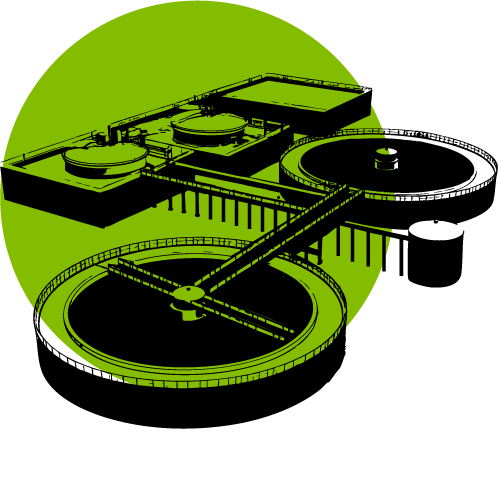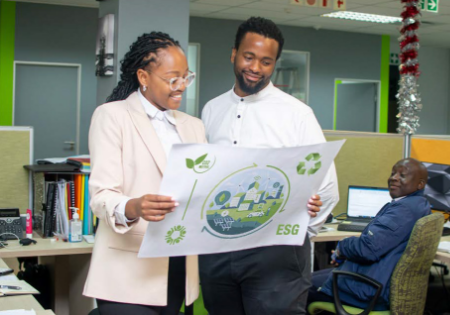Sustainable infrastructure is about achieving harmony between economic growth, social inclusion, and environmental protection, here are its key principles:
Holistic Planning and Design:
From inception to execution, every phase of infrastructure development must account for environmental and social impacts. This means planning with a vision that extends beyond immediate needs and looks to the future health of our planet and society.
Life-Cycle Perspective:
Taking a life-cycle view means considering the long-term effects of infrastructure. It’s not enough to simply build; we must anticipate the costs and benefits over the entire lifespan of the infrastructure, including its demands on natural resources and the implications for ecosystems and human well-being.

Innovation and Low-Carbon Technologies:
Our era is defined by technological breakthroughs that can drive us towards low-carbon and resource-efficient solutions. By embracing such innovations, we can minimize the environmental footprint of our infrastructure, reducing emissions, conserving energy, cutting down waste, and bolstering our resilience against climate change and natural disasters.
Stakeholder Participation:
Infrastructure impacts everyone, so it’s only fair that everyone has a say. Engaging stakeholders ensures that diverse needs and preferences are respected, fostering community buy-in and paving the way for equitable and effective solutions in a transparent way.
Robust Governance and Capacity Building:
Effective coordination and regulation are the heart of sustainable infrastructure. Strengthening institutional capacity ensures that systems are well-managed and that there’s accountability and transparency in their financing and operation.
By weaving these principles into the fabric of our infrastructure strategies, we forge a path that leads to the Sustainable Development Goals (SDGs) and aligns with the Paris Agreement on climate change. More importantly, it’s a path that elevates the quality of life for individuals and communities across the globe.

A vision into the future
Imagine roads that not only take you where you need to go but also protect biodiversity. Envision buildings that provide shelter and also conserve energy. Picture waste systems that manage our refuse while also generating power. This is the promise of sustainable infrastructure—it’s where human progress meets ecological stewardship.
In conclusion, sustainable infrastructure development isn’t a mere choice. It’s the basis upon which we must build a more resilient, equitable, and sustainable world. As we march forward, let’s lay down the foundations of a world where sustainable infrastructure is the norm, not the exception. A brighter, greener world for future generations to come, starts with you and I.






















